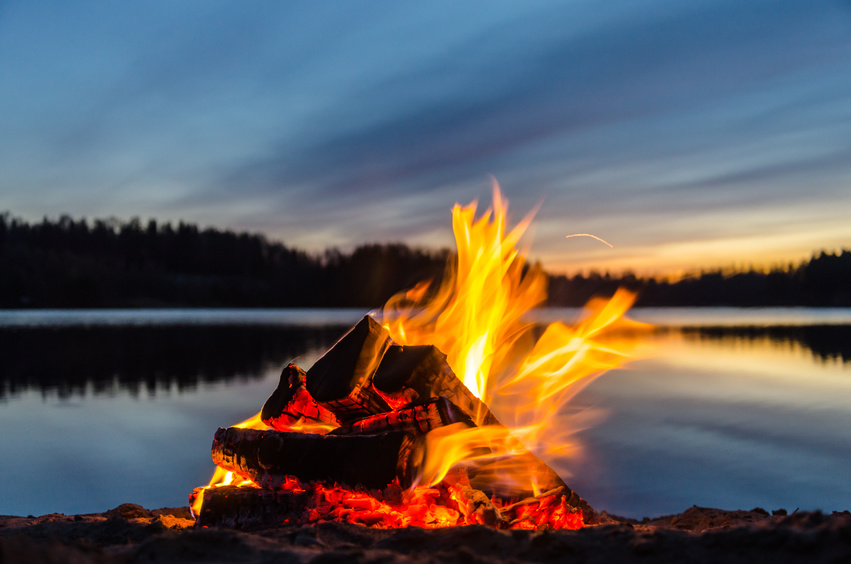In Ontario, summertime is often synonymous with camping season. Each weekend, city residents hop in their SUVs and head out towards the water or woods for much needed serenity. Camping is a fun filled activity, and campfires provide the ideal location for family and friends to huddle together and enjoy one another’s company.
However, fire can be unpredictable, and it can take only a brief moment of absentmindedness for your entire weekend getaway to go up in flames. Unfortunately, only 1 second of contact with a campfire can cause a 3rd degree burn, and many children are burned the morning after a fire due to the leftover heat from hot ashes.
If you plan to hit the campsite this summer for a little R&R, ensure that you consider these campfire safety tips to avoid injury:
Campfire Planning
Before you head out into the wilderness, it’s imperative that you conduct a little pre-planning. Double check that there are no open-air burning restrictions or fire bans. You should also ensure that you scan the weather forecast for indications of any unsafe conditions that can affect your campfire, such as strong winds. Furthermore, before any flame is lit, it’s important to have a fire safety chat with your family and friends, so that everyone can be prepared in the case of an emergency.
Once you’ve arrived
After your arrival, once you are ready to build your campfire, there is more to consider in terms of where and how to maintain it. Use an existing fire pit, and if this is not possible, use rocks to construct a fire ring. When choosing a location to build your fire ring, it’s crucial that you avoid areas near any tents, trailers, overhanging branches, or tall grasses, as these are all extremely flammable.
When starting your fire, do not burn aerosol cans, pop cans, garbage, or use flammable liquids to ignite it. While your fire burns, be sure to keep a pail of water and shovel nearby in case the flames begin to rise. Furthermore, any stacks of wood should be placed upwind, so that flying embers cannot ignite the woodpile.
Your fire should never be left unattended, and any horseplay should be discouraged within the vicinity of it. If you’re traveling with small children, keep them away from any matches, and restrict them from adding logs to the fire or stepping near it. Clothing should also be monitored, as the risk of children’s apparel catching on fire during marshmallow roasting is high.
Putting out the Flames
Leaving the wood from your fire to burn to ash is the best route to take, and all embers must be drowned in water before a fire can be considered put out. After you’ve doused your flames, stir the ashes and embers until the material cools.
While campfires are a classic bonding location, they also pose a high risk for burn injuries. It’s imperative that precautions are taken to minimize the risk of injury, and precaution begins with education. By educating yourself and your family members on fire safety measures, you can ensure that your weekend getaway is injury free.
If you have been injured, and need legal assistance, call #1000 on your cell phone for free. We will offer you a free claim assessment.






